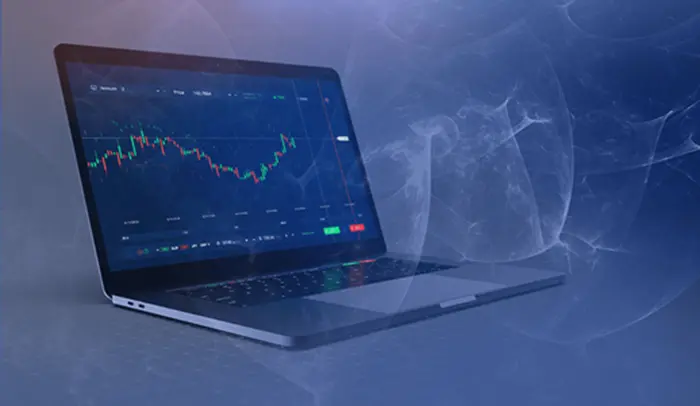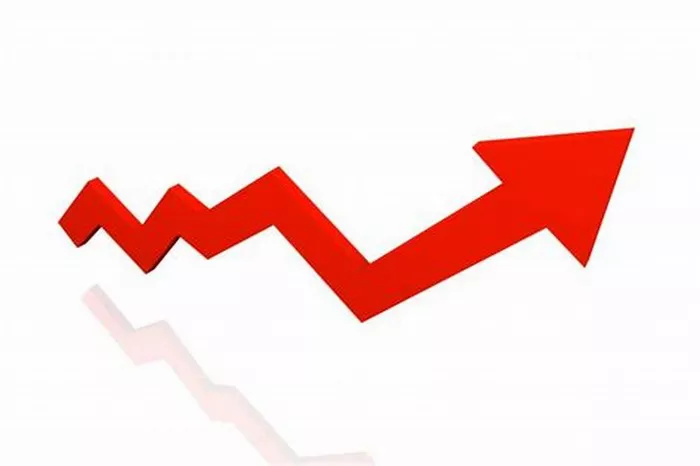In the world of Forex trading, the term “slippage” is often heard but not fully understood by many traders, especially beginners. Slippage can impact the execution of trades and can sometimes result in unexpected outcomes. It is essential for traders to understand what slippage is, how it occurs, and how to manage it effectively to minimize potential losses.
This article will dive deep into the concept of slippage in Forex, explaining its causes, how it affects traders, and providing tips on how to handle it to ensure smoother trading experiences.
Understanding Slippage in Forex
What is Slippage?
Slippage refers to the difference between the expected price of a trade and the actual price at which the trade is executed. In simple terms, it is the gap between the price a trader wants to buy or sell a currency pair and the price at which the broker fills the order.
For example, if a trader places a buy order at a certain price, but due to a rapid change in market conditions, the order is executed at a higher price than anticipated, this difference is known as slippage. It can happen during both buy and sell orders.
Slippage in Different Market Conditions
Slippage typically occurs in fast-moving markets. When there is high volatility, or when important news is released, prices can move quickly and unexpectedly. This can cause the price at which an order is executed to differ from the price the trader had hoped for.
High Volatility: In volatile markets, prices are constantly fluctuating. During these rapid changes, slippage may occur more frequently, especially if there are gaps in the market or high-frequency trades are happening. This is because the order can’t be filled at the desired price in real time.
Low Liquidity: Slippage can also occur during periods of low liquidity. In such conditions, there may not be enough market participants to fill orders at the expected price, causing a mismatch.
Types of Slippage
There are two primary types of slippage that traders can encounter in Forex:
Positive Slippage: This is when the execution price is better than the expected price. For example, if a trader places a buy order at 1.2500, but the order is executed at 1.2498, the trader benefits from positive slippage. This type of slippage is favorable for traders as it results in a better price than originally anticipated.
Negative Slippage: This occurs when the order is executed at a worse price than expected. For example, if a trader places a buy order at 1.2500, but the order is filled at 1.2505, this would be negative slippage. Negative slippage is less favorable for traders as it leads to higher costs than originally planned.
Causes of Slippage in Forex
Slippage is a natural part of the Forex market, and it occurs for several reasons. Some of the common causes include:
1. Market Volatility
The Forex market is highly dynamic, with prices constantly changing due to market forces. Volatility often increases around major economic news events such as interest rate decisions, GDP reports, or political announcements. When volatility spikes, slippage can occur because market conditions change quickly, and there may not be enough time to execute trades at the desired price.
2. Lack of Liquidity
Liquidity refers to the ease with which assets can be bought or sold without affecting the price. If there is low liquidity in the market (i.e., not enough buy or sell orders), slippage is more likely to occur. This typically happens during off-hours or when certain currency pairs have lower trading volumes. In such instances, it may be harder to get an order filled at the desired price, and the price may shift while the order is being processed.
3. Market Gaps
A market gap occurs when the price of an asset changes significantly from the previous trading session to the next, without any trading taking place in between. Gaps can occur during weekend breaks, holidays, or even during significant economic news releases. When a gap occurs, orders that are placed at the previous closing price may be filled at a new price, which can lead to slippage.
4. High-Frequency Trading
High-frequency trading (HFT) involves using algorithms and advanced technology to place a large number of orders within fractions of a second. When there is high-frequency trading in the market, there can be a rapid influx of orders that creates competition for the available liquidity. As a result, orders might not be executed at the desired price, causing slippage.
5. Time Delay in Execution
Sometimes, slippage is a result of a delay in the execution of orders. For example, if a trader places a market order, it might not be filled immediately, causing the price to change by the time the order is executed. The longer the time between placing the order and executing it, the higher the chance of slippage.
Impact of Slippage on Forex Trading
Positive and Negative Impacts
Slippage can have both positive and negative consequences, depending on the direction of the price movement. Let’s explore the possible impacts of slippage:
1. Positive Slippage
Although negative slippage is more common, positive slippage can sometimes occur. Positive slippage happens when a trade is executed at a better price than expected, leading to a more profitable trade for the trader. For instance, a trader who places a buy order for EUR/USD at 1.1100 may see their order filled at 1.1098, which gives them a slight advantage.
While positive slippage is favorable, it is important to note that it is unpredictable and cannot be relied upon. Traders should not depend on positive slippage to generate profits, as it is not guaranteed to happen consistently.
2. Negative Slippage
Negative slippage is more common and can have a significant impact on trading outcomes. For example, if a trader places a buy order and the price increases while the order is being executed, the trader may end up paying a higher price than anticipated. Negative slippage can erode profits, especially in volatile market conditions.
Traders who rely heavily on tight stop-loss orders may find that slippage can cause their stop-loss orders to be triggered at worse prices than expected. This can result in larger-than-expected losses.
Slippage and Trading Strategies
Slippage can directly affect trading strategies, especially for those who employ short-term trading strategies, such as scalping or day trading. For these strategies, executing trades at specific prices is essential to maintaining profitability. Therefore, slippage can reduce the effectiveness of these strategies.
1. Scalping
Scalping is a short-term trading strategy where traders aim to capture small price movements over a short period of time. Since scalpers are often targeting small profits, slippage can have a considerable impact on their trading results. If slippage consistently occurs in a negative direction, scalpers may find it difficult to profit from their trades.
2. Day Trading
Day traders who enter and exit positions within the same trading day may also experience slippage. For these traders, the main concern is the potential for slippage to reduce profits or increase losses. However, day traders who are prepared for slippage and account for it in their risk management can minimize its impact on their trading.
How to Manage Slippage in Forex
While slippage is an inherent part of Forex trading, there are steps traders can take to manage it effectively:
1. Use Limit Orders
One of the best ways to avoid slippage is to use limit orders instead of market orders. A limit order specifies the price at which a trader is willing to buy or sell. With a limit order, the trader ensures that the trade will only be executed at the desired price or better, reducing the likelihood of slippage.
However, using limit orders may result in missed opportunities if the market doesn’t reach the specified price.
2. Choose Liquid Markets
Slippage is more likely to occur in illiquid markets. Traders can reduce the risk of slippage by trading highly liquid currency pairs, such as EUR/USD, GBP/USD, or USD/JPY. These pairs typically have higher trading volumes, making it easier to execute trades at the desired price.
3. Avoid Trading During High Volatility
Trading during periods of high volatility, such as during major economic announcements or market news, increases the chances of slippage. Traders can avoid this risk by staying out of the market during times of high volatility or by being prepared to adapt their strategy if slippage occurs.
4. Implement a Robust Risk Management Strategy
Risk management is key to mitigating the effects of slippage. Traders can use stop-loss orders to limit potential losses and ensure that they do not lose more than a predetermined amount. While slippage can affect the price at which a stop-loss order is triggered, having a solid risk management plan helps minimize its impact on overall profitability.
5. Use Slippage Control Features (if Available)
Some brokers offer slippage control features, which allow traders to specify the maximum amount of slippage they are willing to accept for a trade. These features ensure that orders are only executed within the specified price range, helping to reduce the potential for large slippage.
Conclusion
Slippage in Forex is an unavoidable phenomenon that can have both positive and negative effects on traders. It occurs when there is a difference between the expected price and the actual price at which a trade is executed. While slippage is common in fast-moving markets or during periods of low liquidity, it can be managed with the right approach.
By using limit orders, focusing on liquid markets, avoiding high volatility, and implementing sound risk management strategies, traders can reduce the impact of slippage on their trades. Understanding slippage is crucial for Forex traders, as it allows them to make informed decisions and adjust their strategies accordingly. Whether slippage works in favor of the trader or against them, the key to successful trading lies in preparation and adaptability.
Related topics:

































